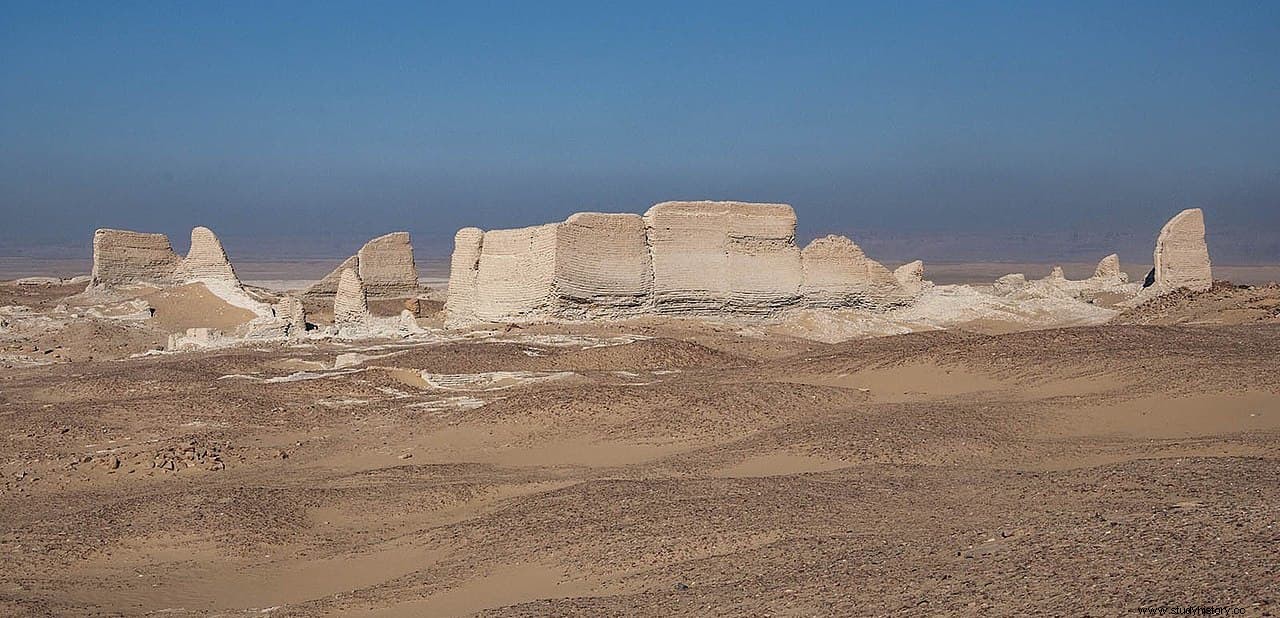The absence of monsoon rains at the source of the Nile was the cause of migrations and the disappearance of entire settlements in the late Roman province of Egypt. Professor of ancient history Sabine Huebner, from the University of Basel, has for the first time compared this demographic evolution with environmental data, which has allowed us to discover climate change and its consequences.
The Fayoum region, which resembles an oasis and lies about 130 kilometers southwest of Cairo, was the breadbasket of the Roman Empire. However, by the end of the 3rd century AD, many previously prosperous settlements fell into disrepair and were eventually abandoned by their inhabitants. Earlier excavations and contemporary papyri have shown that the cause was problems with irrigation of the fields. Attempts by local farmers to adapt to dryness and desertification of farmland, for example by changing their farming practices, are also documented.
The professor of ancient history at the University of Basel, Sabine R. Huebner, has now demonstrated in the American magazine Studies in Late Antiquity that the change in environmental conditions was behind this evolution.

Existing climate data indicates that the monsoon rains at the headwaters of the Nile in the Ethiopian highlands suddenly and permanently weakened. The result was the lowering of the high water level of the river in summer. Evidence of this has been found in the geological sediments of the Nile delta, the Fayoum and the Ethiopian highlands, which provide long-term climatic data on monsoons and the Nile's water level.
Presumably a powerful tropical volcanic eruption around AD 266 also played a role, causing below-average Nile flooding the following year. The main eruptions are known from sulfuric acid deposits in the Greenland and Antarctic ice cores, and can be dated within three years. The particles launched into the stratosphere caused a cooling of the climate, altering the local monsoon system.
In the third century of our era, the entire Roman Empire was affected by crises that are relatively well documented in the province of Egypt by more than 26,000 preserved papyri. In the Fayum region these include records of inhabitants turning to grape growing instead of grain or sheep farming due to water scarcity. Others accused their neighbors of water theft or went to the Roman authorities to be exempted from paying taxes. These and other adaptation strategies of the population delayed the death of their people for several decades.
Like today, the consequences of climate change were not the same everywhere Huebner says. Although regions on the edge of the desert faced the harshness of the drought, others benefited from the influx of people moving from abandoned towns. New knowledge about the interaction of climate, environmental changes and social evolution is very current . However, climate change in late antiquity was not primarily caused by humans, unlike today, but was based on natural fluctuations.
